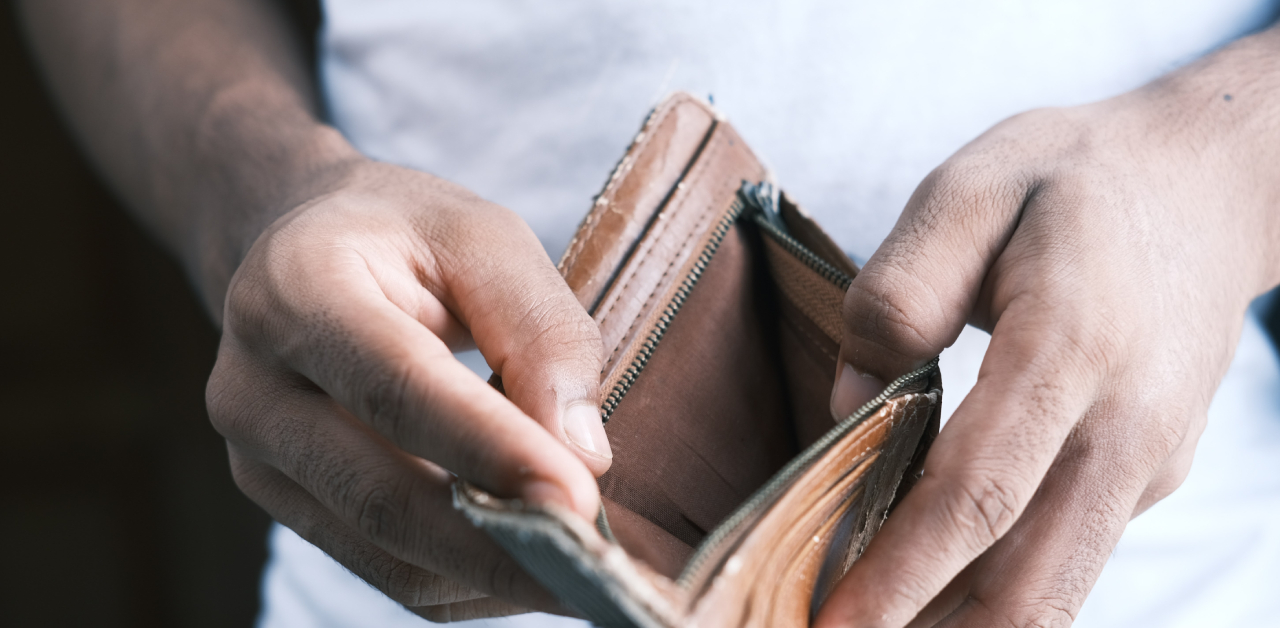You’ve probably heard that getting into debt is a bad thing. It’s a fairly common topic in the media to see countless articles about how little we all save, and how much we rely on credit to make ends meet.
While this is true, there are a few things you need to understand about credit to fully appreciate the impact it has on our lives. Like most things in life, credit has a little more going on than your average B-grade “good versus bad” action movie, with some people referring to it as good credit and bad credit. Here’s what you need to know.

Credit:
The two-sided coin
First off, what is credit and why do we call it “getting into debt”? Credit, to put it simply, is the facility offered to us by lenders whereby we accept money we have not earned yet in advance.
Part of that transaction is an agreement you and the lender come to, which lays out the terms of your repayment of that money. When you look at the amount of money you owe, it is regarded as your debt.
To summarise, credit is effectively the offer of money from a lender, while debt is that same money, which you now owe, that you now pay back over time. Importantly, your debt is not always equal to the amount of credit you’re currently offered.
The scary bit
Accepting the credit offered by someone and getting into debt can be a little scary and comes with one big added extra – interest payments.
Paying interest on your debt is part of the agreement when you accept the credit you’re offered by the lender. Vehicle and home loans are large lump sum amounts with set monthly payment plans. This gives you an idea of what you’ll be paying each month before you accept the deal.
In some cases, like a credit card, the credit you’re offered is available at any time, but you only pay interest on the money you use. This is harder to budget for, as one month you might use more money than another month, ultimately over extending yourself and being unable to pay back the money timeously.
The longer you take to pay your debt, the more interest you will be charged. The really scary part happens when you take on too much debt and need to borrow money to pay it off.
The conundrum
Here’s the thing: you need to take on credit. Weird, right? The fact is, if you want to be eligible for a home loan, vehicle financing, or even sometimes getting a new job, you need to have used credit in the past.
This record of using credit is demonstrated in a credit report. Your credit report is effectively an accumulative account of how you have handled money in the past, borrowing and paying it back time and again.
Each one of these interactions is recorded and given a score. This, over time, is calculated and is known as your credit score. When someone runs a credit check on you, they can see if your score is good or bad, which will impact your ability to borrow money and the potential interest payments.
The bottom line is we all need to accept credit and get into debt, which makes those media articles you see a little silly. While it’s an odd system, it can lead some of us into difficulties in the future, as we take on too much debt without understanding the interest implications that might occur.
Before you swipe your credit card, remember there are two sides to the coin and debt has an ugly habit of growing quicker than you think.

